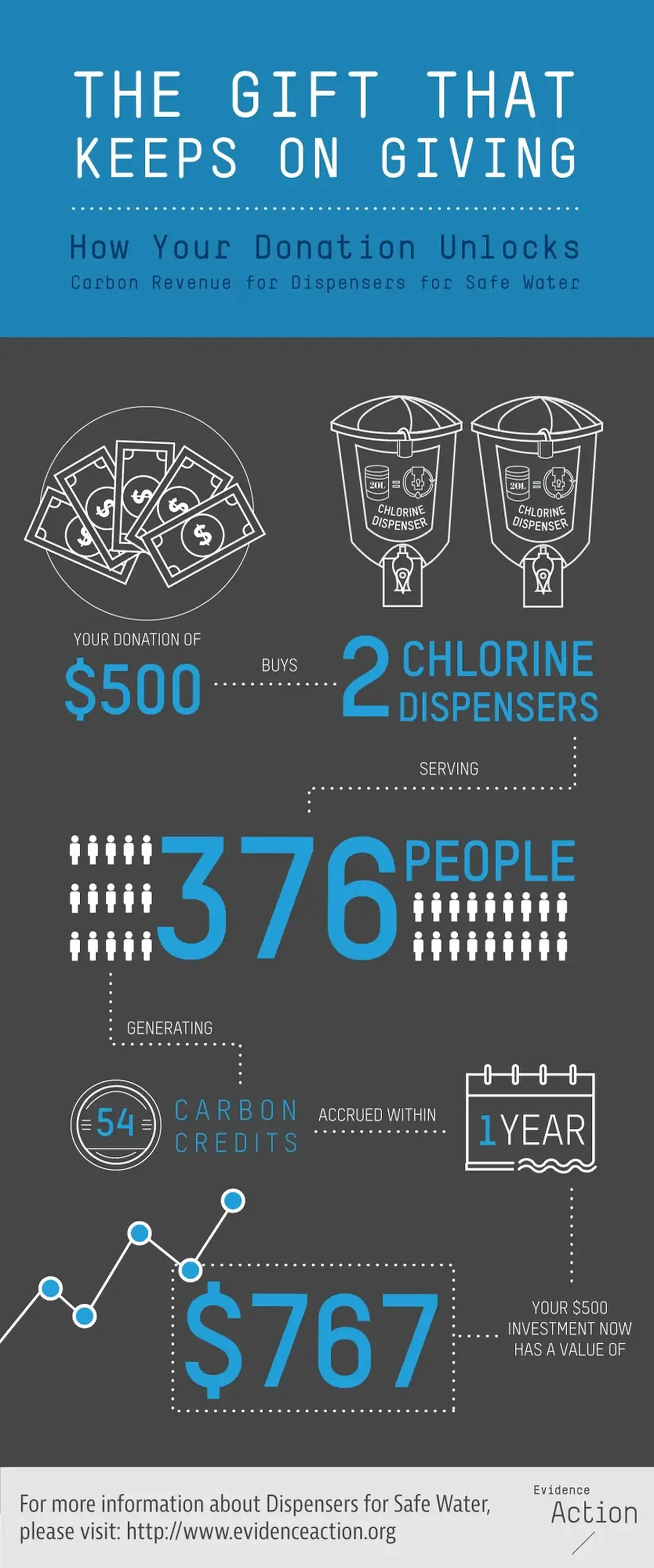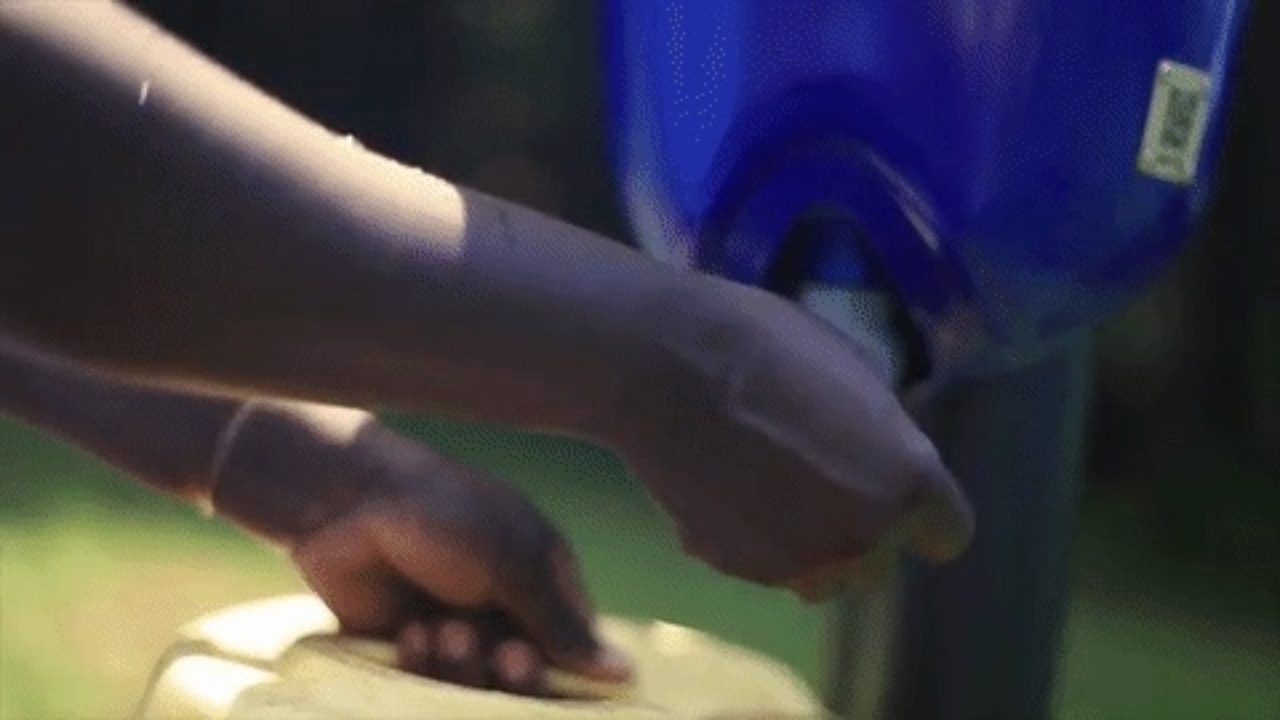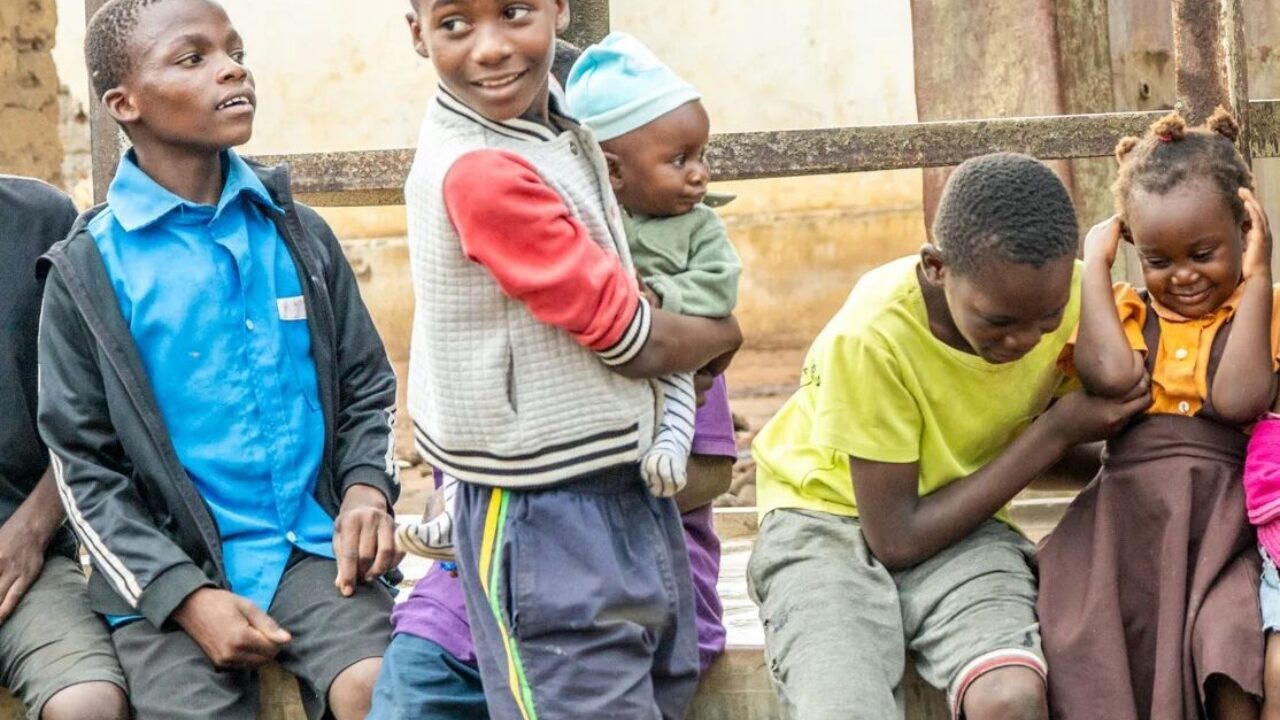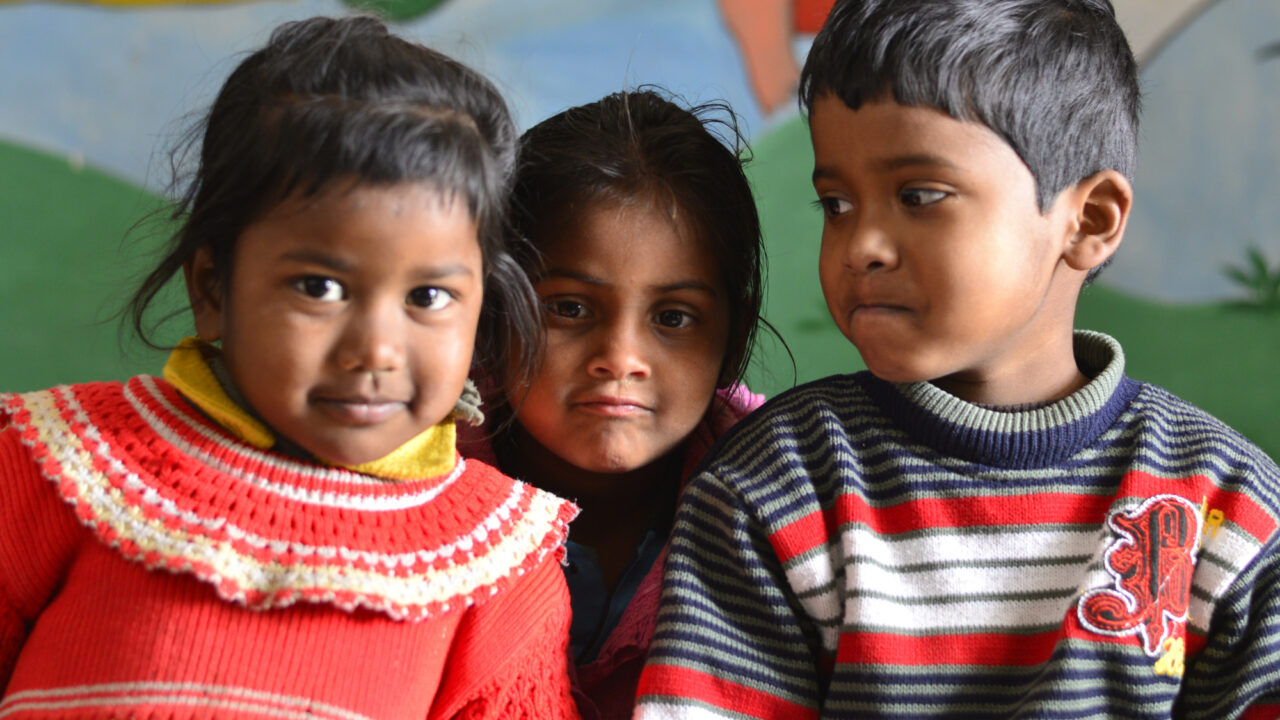At Evidence Action we do development differently in three ways: 1. We use rigorous evidence to determine what will have the greatest impact. 2. We scale those proven programs to millions of people as a deliberate part of our strategy. 3. We identify innovative finance mechanisms that make the most of every dollar, and ensure that our programs are sustainable beyond donor funding.
As the world watched the COP21 negotiations in Paris, we were paying close attention to the discussions on the future of carbon markets. While not a perfect system (and certainly a complex one, as we have written about here), the generation of carbon credits is one of the hallmarks of Dispensers for Safe Water, allowing the program to become financially more self-sustaining and your donation to go further.
Dispensers for Safe Water and Carbon Markets
Evidence Action’s Dispensers for Safe Water program currently provides access to sustainable safe drinking water services to over four million people. There is significant demand from communities to grow but scaling up requires new and innovative financing approaches.
Traditional donor financing usually comes in the form of time-limited project-specific grants that are disbursed with the expectation of project completion or project sustainability at the end of the grant period. In reality, the end of donor financing often leads to a search for more short-term donor financing or – when donor financing dries up, the demise of a project.
One option that helps us achieve our dual commitments to sustainable services and zero user fees is revenue from carbon crediting. The Clean Development Mechanism of the Kyoto Protocol, which commits countries to emissions targets as a means of climate change control, allows Evidence Action to translate the use of chlorine dispensers into tradable carbon credits.
We work in Kenya, Uganda and Malawi in partnership with South Pole Group where we are credited with emissions reductions by the Clean Development Mechanism. The credits, called Certified Emissions Reductions, are sold to and used by buyers in countries that were signatories to the Kyoto protocol.
Carbon credits generated by us can also be sold on the voluntary carbon markets once they have been further certified by the Gold Standard Foundation which provides an alternative crediting system for programs that have sustainable development benefits at their core. Currently 70% of our credits in Kenya are issued through this system.
What Does this Mean for Supporters of Dispensers for Safe Water?
Your donor support given today is catalytic funding that will allow us to access carbon revenue in the future. Here is what $500 will yield (based on average carbon prices and yield from a dispenser)

Understanding how much revenue we will receive is complex, but, at it’s most basic, it depends on two factors:
- The number of carbon credits we generate and are issued;
- The price of carbon credits in the global markets which has been very low, or, more accurately, in our case, the price a buyer is willing to pay for our credits.
How Does Carbon Crediting Work?
Methodologies governing the issuance of carbon credits vary across issuers and take into account several different factors. Some of these — such as the percentage of people using firewood to clean their drinking water at baseline — are outside our control. Others, including the frequency with which dispensers are used, are factors we influence. We have written extensively about increasing and monitoring the usage of dispensers in other posts. In addition to randomized unannounced visits to test for residual chlorine in drinking water, our team measures the number of functional dispensers, data on chlorine deliveries, the average number of people accessing a water point during the monitoring period, the water quality and usage patterns.
These metrics help us understand the extent to which dispensers are used. This, in turn, determines the number of carbon credits the program earns.
There is a lag between installation of dispensers and sale of credits for revenue. Since dispensers have been certified to receive carbon credits because they provide a green alternative to cleaning water through the consumption of biomass (i.e. burning firewood for fuel), the dispensers accumulate credits throughout the year. As more people use the dispenser, rather than burn wood, the dispenser earns more carbon credits. Credits are based on the principle of suppressed demand, as we explain in our earlier blog post. We do not claim that all users of dispensers previously boiled their water or switch from boiling to using the dispensers after they are installed.
Dispensers installed in Kenya during or before 2015, for example, will be issued carbon credits at the end of 2016. We turn to donor funding to provide the catalytic investment needed to install dispensers and fund the maintenance and chlorine delivery until carbon revenue is generated.
Credits are issued on a bi-annual basis and passed on to our partners, who help us sell them. After the sale, the funds are returned to Evidence Action and we reinvest the money back into the program, and continue to provide chlorine and maintenance to the existing dispenser.
Your gift jump-starts a sustainable cycle; in the first year your donation brings safe water access directly to communities that need it the most. In the second, your initial investment unlocks additional funding that we reinvest to ensure continuous safe water access. Through this smart financing mechanism, your gift remains “evergreen” — continuing to deliver safe water for years to come.



